Home>Garden Essentials>What Division Is Landscaping In Construction
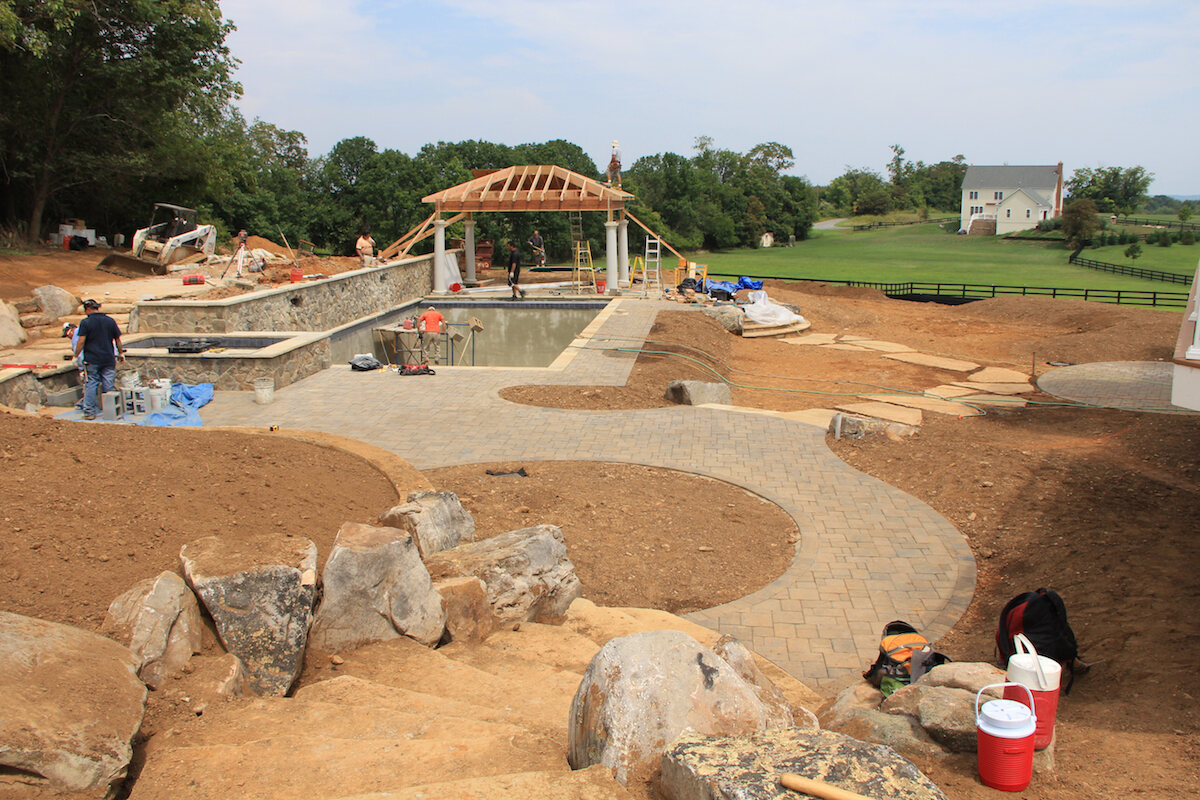

Garden Essentials
What Division Is Landscaping In Construction
Modified: March 7, 2024
Find out which division landscaping falls under in the construction industry. Learn about the role of gardens and their significance in construction projects.
(Many of the links in this article redirect to a specific reviewed product. Your purchase of these products through affiliate links helps to generate commission for Storables.com, at no extra cost. Learn more)
Introduction
Welcome to the world of construction and landscaping. In the realm of construction, landscaping is a vital component that often goes unnoticed. While many people may think of construction as solely focusing on buildings and structures, landscaping plays an essential role in enhancing the overall appearance and functionality of a construction project.
In this article, we will delve into the division of landscaping in construction, explore its importance, discuss the role of landscapers, highlight the benefits of incorporating landscaping into construction projects, and address the challenges and considerations involved.
Whether you are a construction professional looking to expand your knowledge or a homeowner interested in understanding how landscaping fits into the construction process, this article will provide you with valuable insights. So, let’s dig in and discover the intriguing world of landscaping in construction.
Key Takeaways:
- Landscaping in construction is crucial for enhancing visual appeal, property value, and environmental sustainability. It creates functional outdoor spaces and promotes mental well-being, contributing to a remarkable built environment.
- The division of landscaping into hardscaping and softscaping, along with skilled landscapers, adds beauty, functionality, and value to construction projects. Overcoming challenges like timing, budget, and sustainability ensures successful integration of landscaping.
Read more: What Division Is Plumbing In Construction
Overview of Construction Industry
The construction industry encompasses a wide range of activities involved in creating structures, buildings, and infrastructure. It is a multi-faceted industry that involves various professionals, including architects, engineers, contractors, and builders, to bring construction projects to life.
Construction projects can vary significantly in size and scope, from small residential renovations to large-scale commercial developments. They can include the construction of residential homes, office buildings, bridges, roads, stadiums, and much more.
The construction industry is not only an integral part of economic growth but also plays a significant role in shaping the physical environment we live in. It requires meticulous planning, precise execution, and attention to detail to ensure that the final product meets the desired standards and regulations.
Construction projects typically follow a systematic process, starting with the design phase where architects and engineers create plans and blueprints. These plans are then transformed into reality through the construction phase, where contractors and builders assemble the necessary materials and execute the construction work.
Throughout the construction process, various elements come together to form a cohesive structure. One of these crucial elements is landscaping.
Landscaping in construction goes beyond just planting trees or adding decorative elements. It involves a strategic approach to design and create outdoor spaces that are functional, aesthetically pleasing, and environmentally sustainable.
Next, we will explore the importance of landscaping in construction and understand why it is crucial to consider this aspect throughout the construction process.
Importance of Landscaping in Construction
Landscaping plays a pivotal role in the overall success of a construction project. It goes beyond mere aesthetics and adds value to the project in numerous ways. Let’s explore some key reasons why landscaping is important in construction:
- Enhancing Curb Appeal: Landscaping is the first thing that people notice when approaching a building or property. A well-designed and maintained landscape enhances the curb appeal, making a positive first impression on visitors, potential buyers, or tenants.
- Creating a Welcoming Environment: Landscaping can transform a construction site into a warm and inviting space. By incorporating elements like pathways, green spaces, and seating areas, landscaping creates a comfortable and enjoyable environment for people to navigate and relax in.
- Improving Sustainability: Sustainable landscaping practices, such as using native plants, installing efficient irrigation systems, and promoting biodiversity, contribute to environmental conservation. Landscaping can help reduce water usage, preserve natural habitats, and lower energy consumption, making the project more eco-friendly.
- Providing Functional Spaces: Landscaping can effectively utilize outdoor spaces, making them functional and practical for various activities. Whether it’s creating outdoor seating areas, recreational spaces, or integrating amenities like playgrounds or gardens, landscaping adds value by expanding the usable area of the project.
- Enhancing Property Value: A well-designed and maintained landscape significantly increases the value of a property. Landscaping not only improves the aesthetics but also establishes a sense of pride and desirability, making the property more attractive to potential buyers or tenants.
- Boosting Mental Well-being: Green spaces and natural elements in the landscape have been proven to have a positive impact on mental well-being. Landscaping can provide a tranquil and calming environment, reducing stress and promoting relaxation for those who interact with it.
These are just a few of the many reasons why landscaping in construction is of utmost importance. The next section will dive into the division of landscaping in construction and shed light on the various aspects involved in this process.
Division of Landscaping in Construction
When it comes to the division of landscaping in construction, it is typically categorized into two main areas: hardscaping and softscaping. Let’s explore each division in more detail:
- Hardscaping: Hardscaping refers to the non-living components of a landscape. It includes elements such as pathways, driveways, retaining walls, pavers, decks, fences, and other structures made of concrete, stone, wood, or other materials. Hardscaping provides the foundation and structure for the outdoor space, enhancing its functionality and defining its boundaries.
- Softscaping: Softscaping, on the other hand, encompasses the living components of a landscape. It involves the selection, installation, and maintenance of plants, trees, shrubs, flowers, grass, and other vegetation. Softscaping adds color, texture, and vibrancy to the outdoor space, creating a harmonious and visually appealing environment.
Both hardscaping and softscaping are essential components that must be carefully planned and integrated into the construction process. The division of labor between hardscaping and softscaping depends on the specific needs and requirements of the project.
While some construction projects may place more emphasis on hardscaping, such as urban developments with extensive concrete structures, others may focus more on softscaping, such as residential projects with lush gardens and green spaces.
It is important to strike a balance between hardscaping and softscaping to create a cohesive and visually appealing landscape. By integrating these elements effectively, construction projects can achieve a harmonious blend of form and function.
Next, let’s explore the role of landscapers in construction projects and the value they bring to the table.
Landscaping is typically considered a part of the construction industry and is often found within the construction division of a company.
Role of Landscapers in Construction Projects
Landscapers play a crucial role in construction projects, bringing their expertise and skills to create beautiful and functional outdoor spaces. Let’s delve into the key responsibilities and contributions of landscapers in construction:
- Design and Planning: Landscapers collaborate with architects, engineers, and project managers to develop comprehensive landscape designs that align with the project vision and goals. They consider factors such as site characteristics, environmental considerations, and client preferences to create a well-balanced and harmonious landscape plan.
- Selection and Installation of Plants: Landscapers have a deep understanding of plant species and their requirements. They select and source the appropriate plants, taking into account factors like climate, soil conditions, and aesthetic considerations. They ensure the proper installation of plants, ensuring their health and longevity.
- Hardscape Development: Landscapers are skilled in constructing various hardscape elements, including pathways, patios, retaining walls, and water features. They have the expertise to work with different materials and ensure the structural integrity and functionality of these elements.
- Irrigation and Drainage: Landscapers design and install irrigation systems to ensure proper water distribution to plants while optimizing water usage. They also incorporate drainage systems, preventing water pooling and protecting the landscape from damage caused by excessive moisture.
- Maintenance and Care: Landscapers are responsible for the ongoing maintenance and care of the landscape once the construction project is completed. This includes activities like pruning, fertilizing, mowing, and pest control, ensuring the long-term vitality and beauty of the landscape.
- Environmental Considerations: Landscapers prioritize sustainable practices, such as using organic fertilizers, implementing water-saving techniques, and promoting biodiversity. They strive to create landscapes that are environmentally friendly and in harmony with the natural surroundings.
- Collaboration and Coordination: Landscapers work closely with other construction professionals, such as architects, builders, and contractors, to ensure seamless integration of landscaping into the overall construction project. They collaborate on elements like site grading, utility placement, and coordination of construction activities.
The role of landscapers in construction projects is multi-faceted, requiring a diverse skill set and a keen eye for detail. They contribute to the successful completion of the construction project by creating visually appealing, functional, and sustainable outdoor spaces.
In the next section, we will delve into the benefits of incorporating landscaping in construction projects and the positive impact it can have on various stakeholders.
Read more: What Is Landscaping In Construction
Benefits of Incorporating Landscaping in Construction
The incorporation of landscaping into construction projects offers a myriad of benefits for various stakeholders. Let’s explore some of the key advantages of including landscaping in construction:
- Enhanced Visual Appeal: Well-designed landscaping adds beauty and visual appeal to a construction project. It creates a welcoming and aesthetically pleasing environment that can positively impact the mood and perception of visitors, residents, or employees.
- Improved Property Value: A thoughtfully designed and maintained landscape can significantly increase the value of a property. Landscaping enhances the overall desirability of the project, attracting potential buyers or tenants and maximizing the return on investment.
- Positive Environmental Impact: Landscaping contributes to environmental sustainability by preserving natural habitats, conserving water, and reducing energy consumption. The use of native plants and appropriate irrigation methods promotes biodiversity and minimizes the ecological footprint of the construction project.
- Enhanced Livability and Well-being: Incorporating landscaping elements, such as green spaces, trees, and gardens, creates a healthier and more engaging environment. Access to nature has been shown to reduce stress, improve mental well-being, boost productivity, and foster a sense of community.
- Noise and Pollution Reduction: Well-designed landscaping can act as a barrier to reduce noise pollution from nearby roads or construction activities. It also helps counteract air pollution by filtering pollutants from the air, resulting in cleaner and more breathable surroundings.
- Stormwater Management: Strategically planned landscaping elements, such as rain gardens or bioswales, can effectively manage stormwater runoff. These features help to prevent soil erosion, reduce the strain on municipal drainage systems, and filter contaminants before they reach bodies of water.
- Functional Outdoor Spaces: Landscaping can create functional outdoor spaces that can be used for various activities. It can include amenities like seating areas, recreational spaces, or even outdoor kitchens, extending the usable area of the property and providing opportunities for relaxation and entertainment.
- Brand and Business Enhancement: For commercial construction projects, landscaping can contribute to building a positive brand image and attracting customers. A well-maintained and visually appealing landscape creates a lasting impression, instilling trust and confidence in the business or organization.
These benefits highlight the integral role that landscaping plays in construction projects. By incorporating landscaping elements, construction professionals can create spaces that are not only visually pleasing but also environmentally sustainable, functional, and conducive to well-being.
However, it is important to consider the challenges and considerations associated with landscaping in construction, which we will explore in the next section.
Challenges and Considerations for Landscaping in Construction
While landscaping in construction offers numerous benefits, it also comes with its fair share of challenges and considerations. It is important to be aware of these factors to ensure a successful integration of landscaping into the construction project. Let’s explore some key challenges and considerations:
- Timing and Coordination: Landscaping activities need to be well-coordinated with the overall construction timeline. Factors such as weather conditions, availability of materials, and the completion of other construction tasks can impact the timing of landscaping work. Effective communication and collaboration between landscapers and other construction professionals are essential to avoid delays or conflicts.
- Budget Constraints: Landscaping can require a significant portion of the overall construction budget. From the selection of plants and materials to the installation of irrigation systems and hardscape elements, the cost of landscaping can add up. It is crucial to plan and allocate sufficient funds to ensure that the desired landscaping features can be implemented without compromising the project’s budget.
- Sustainability and Maintenance: While landscaping can contribute to sustainability, it also requires ongoing maintenance. Landscapers must consider the long-term maintenance needs of the landscape, including pruning, watering, fertilizing, and pest control. Designing low-maintenance landscapes or incorporating sustainable maintenance practices can help minimize the effort and cost associated with long-term upkeep.
- Site Limitations and Conditions: Landscaping plans need to consider the specific characteristics and limitations of the construction site. Factors such as soil quality, drainage issues, slope, and existing vegetation can influence the selection of plants and the design of hardscape elements. Landscapers must conduct a thorough site analysis to determine the most suitable landscaping solutions for the given conditions.
- Permits and Regulations: Landscaping in construction projects may be subject to local permits and regulations. These can include guidelines related to environmental protection, water usage, noise, and plant selection. Compliance with these regulations is essential to ensure the project’s legal and environmental compliance. Landscapers must stay informed and work closely with relevant authorities to obtain the necessary permits and meet the required standards.
- Seasonal Variations: Landscaping work can be heavily influenced by seasonal variations. Factors such as temperature, rainfall, and sunlight availability can impact plant growth and the success of certain landscaping activities. Landscapers must consider these seasonal variations and adapt their strategies accordingly to ensure optimal results.
- Long-Term Vision: It is essential to have a clear long-term vision for the landscaping in construction projects. Landscaping elements should be aligned with the project objectives, whether it’s creating a low-maintenance landscape, designing a sustainable outdoor space, or enhancing the project’s overall aesthetics. Having a well-defined vision helps guide decision-making and ensures that the landscaping efforts align with the project’s goals.
By anticipating and addressing these challenges and considerations, construction professionals and landscapers can navigate through the complexities of incorporating landscaping into construction projects more effectively.
Now, let’s conclude our exploration of landscaping in construction.
Conclusion
Landscaping plays a vital role in construction projects, enhancing the overall appearance, functionality, and value of the built environment. Throughout this article, we have explored the division of landscaping in construction, the importance of incorporating landscaping, the role of landscapers, the benefits of landscaping, and the challenges and considerations involved.
By understanding the division of landscaping into hardscaping and softscaping, construction professionals can create cohesive and visually appealing landscapes. The role of landscapers is crucial in designing, planning, and implementing landscaping elements while considering factors like sustainability, functionality, and maintenance.
The benefits of incorporating landscaping in construction are numerous. Landscaping improves the visual appeal, property value, and environmental sustainability of the project. It also promotes mental well-being, reduces noise and pollution, and provides functional outdoor spaces for various activities.
However, landscaping in construction does come with challenges and considerations. Timing, budget constraints, sustainability, site limitations, permits, and seasonal variations are factors that need to be carefully addressed. Effective communication, coordination, and long-term vision are essential to overcome these challenges and ensure successful integration of landscaping into construction projects.
In conclusion, landscaping is an integral part of the construction industry, adding beauty, functionality, and value to projects. By considering the division of landscaping, involving skilled landscapers, and addressing the challenges and considerations, construction professionals can create remarkable outdoor spaces that leave a lasting impression and contribute to a sustainable and enjoyable built environment.
So, whether you are embarking on a residential renovation, commercial development, or any construction project in between, remember the importance of landscaping and its transformative impact. Embrace the power of landscaping to create spaces that not only stand the test of time, but also enrich the lives of those who inhabit them.
Frequently Asked Questions about What Division Is Landscaping In Construction
Was this page helpful?
At Storables.com, we guarantee accurate and reliable information. Our content, validated by Expert Board Contributors, is crafted following stringent Editorial Policies. We're committed to providing you with well-researched, expert-backed insights for all your informational needs.

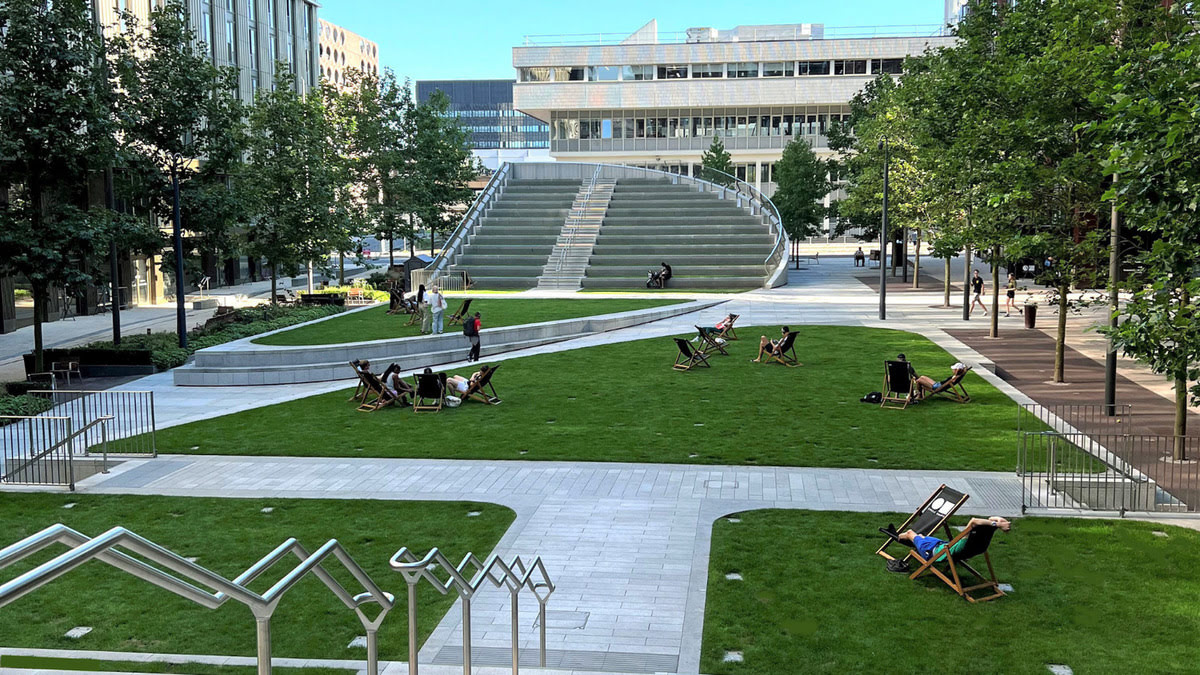

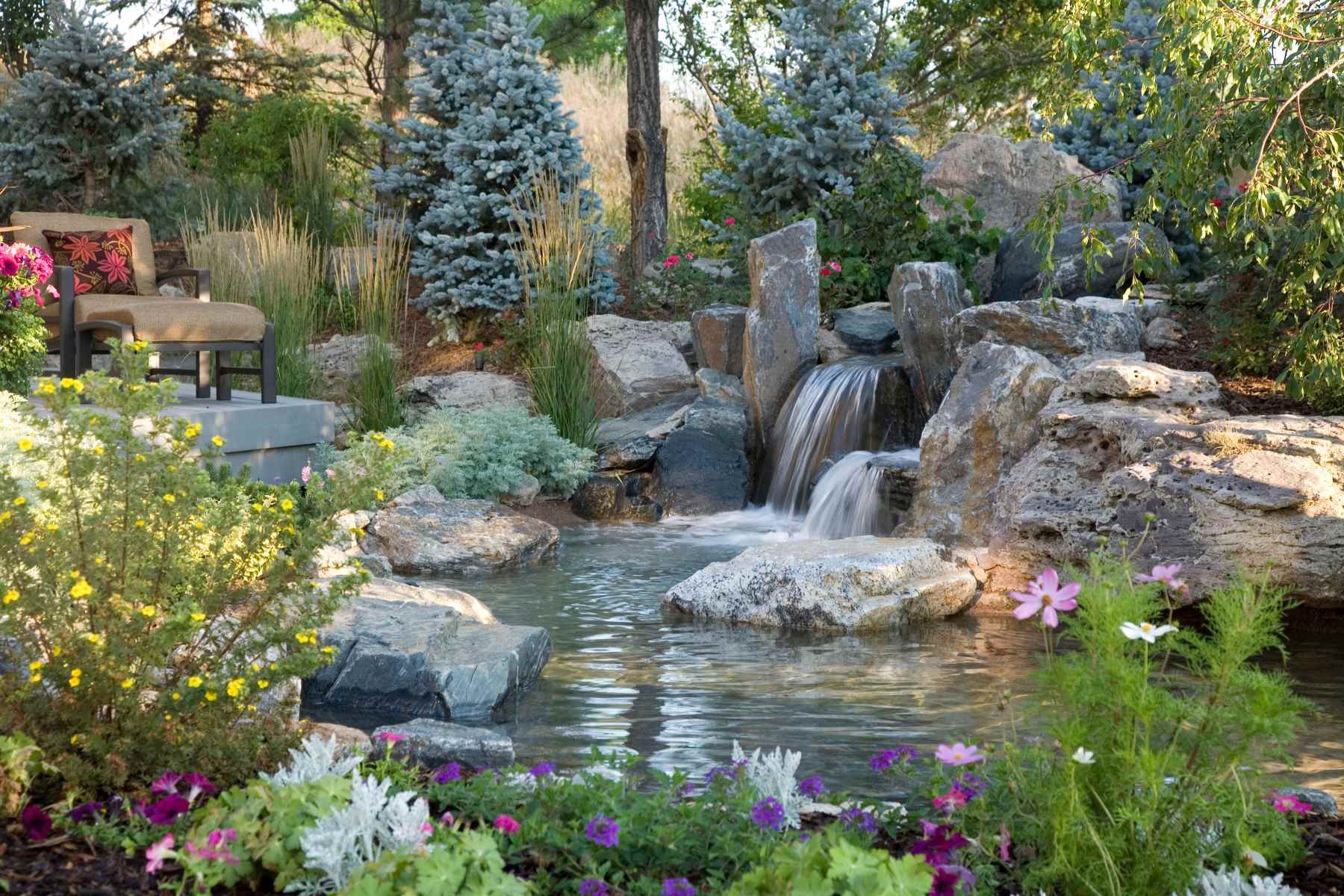
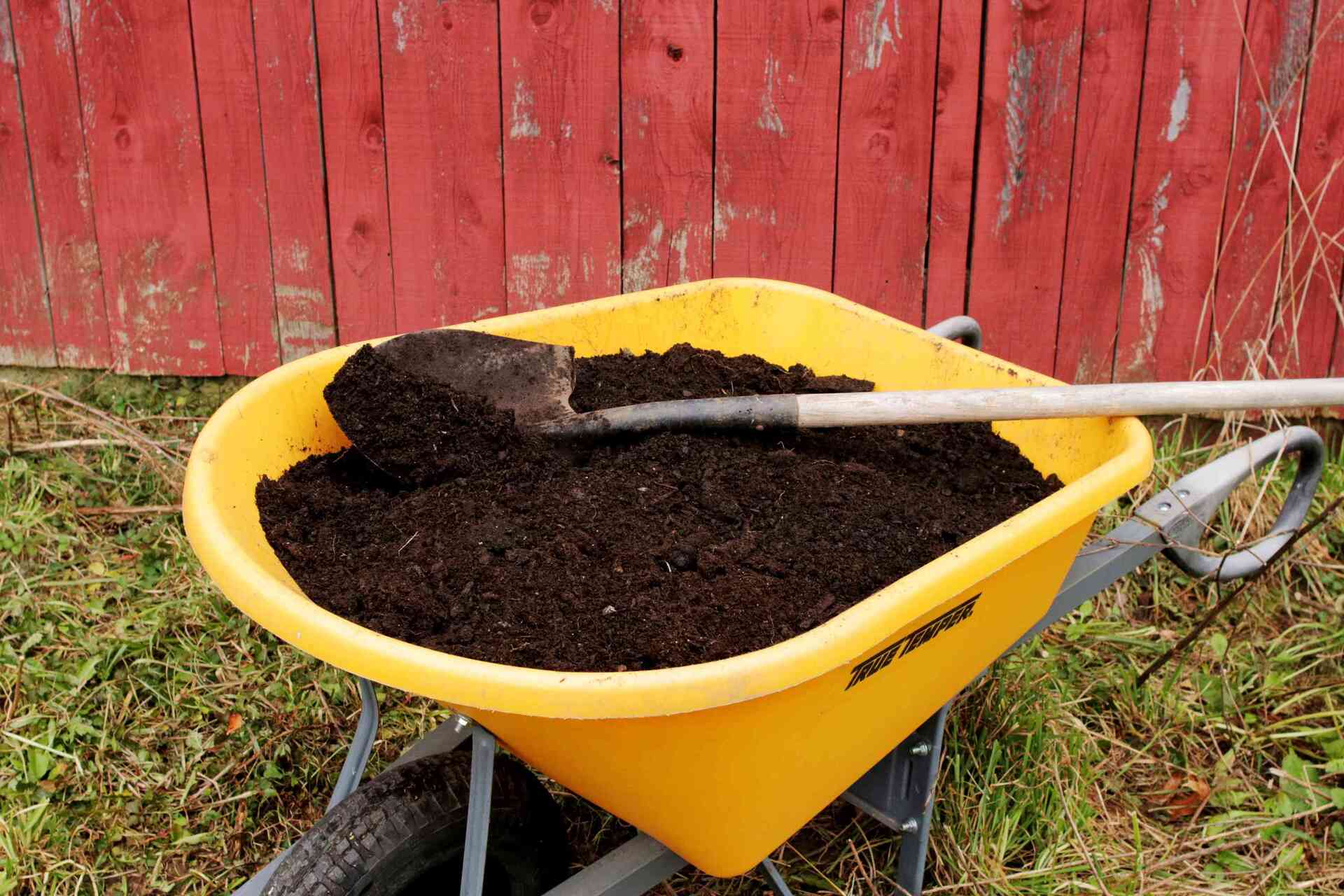
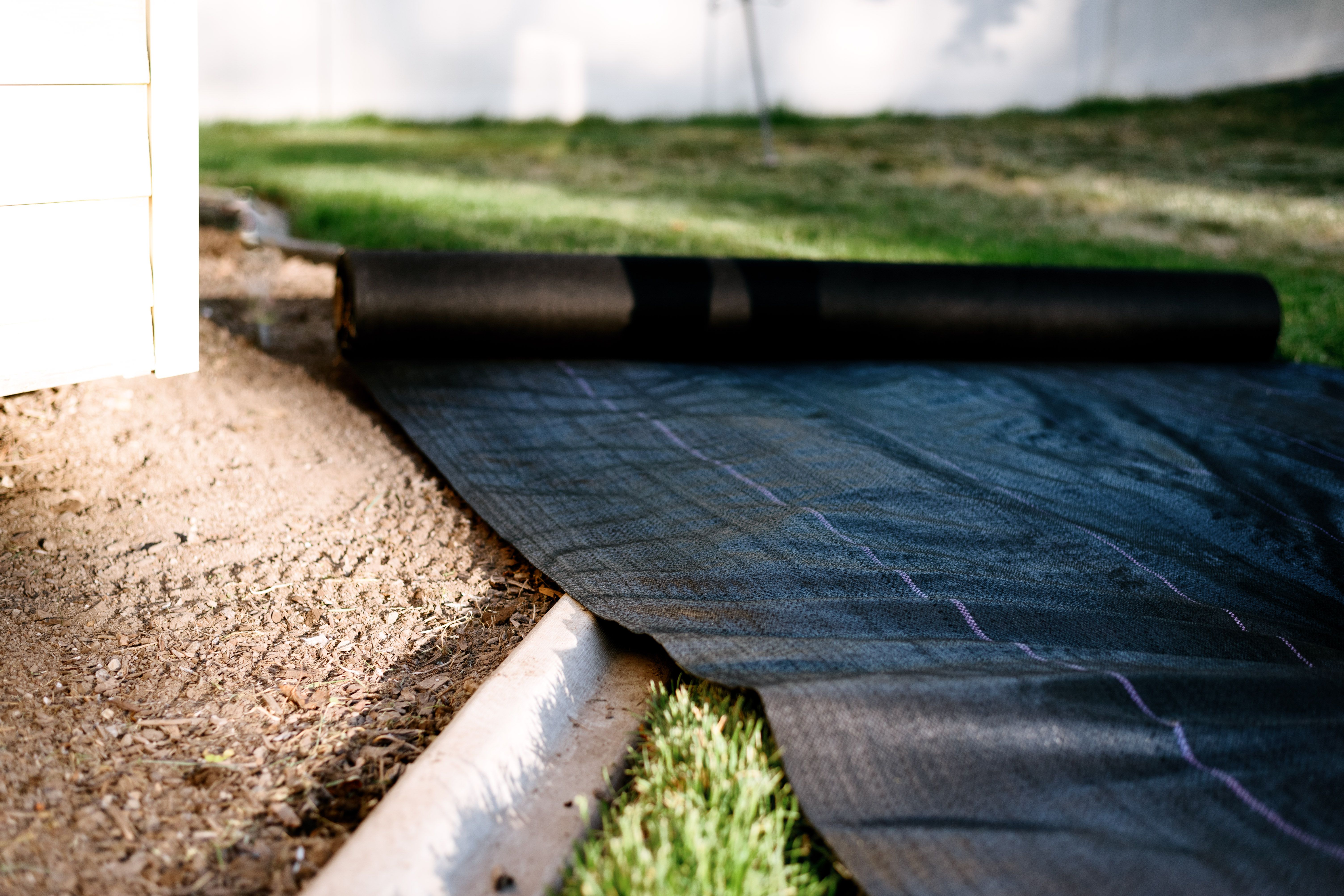
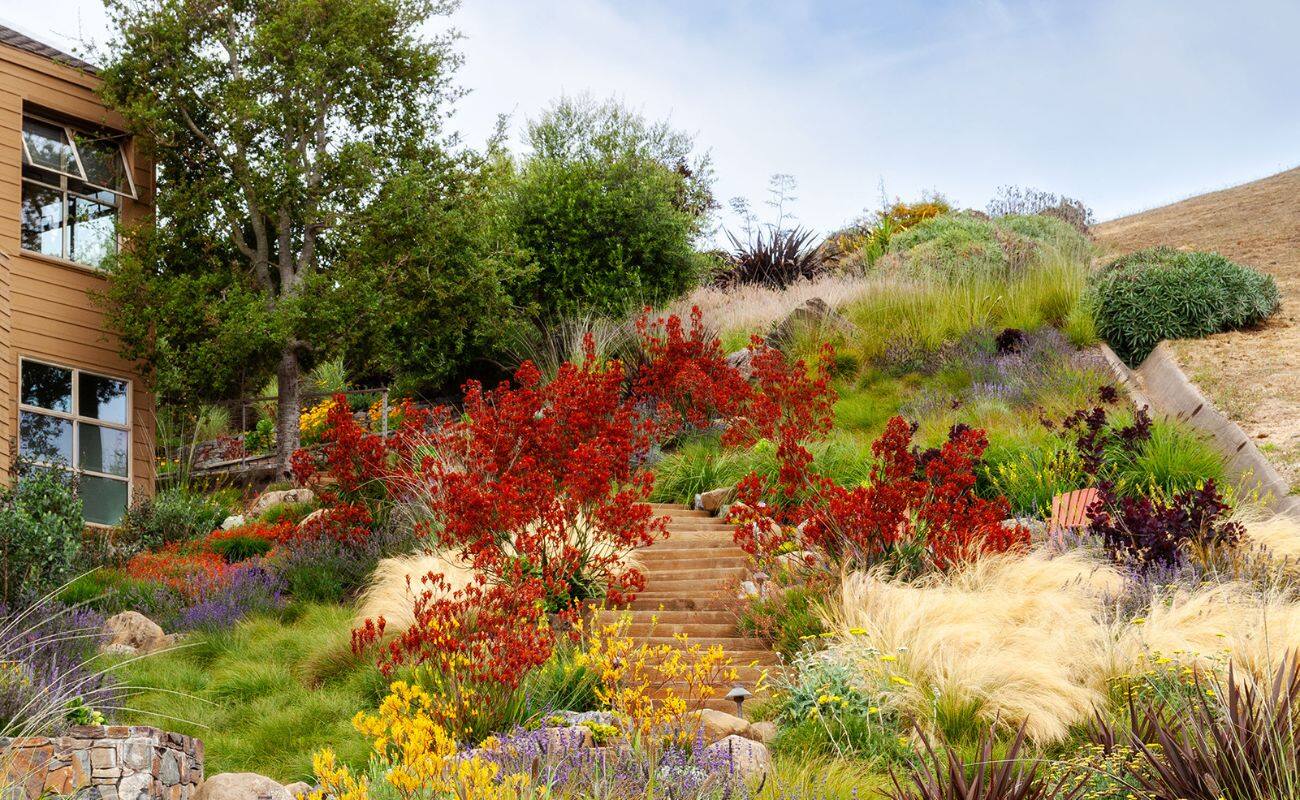

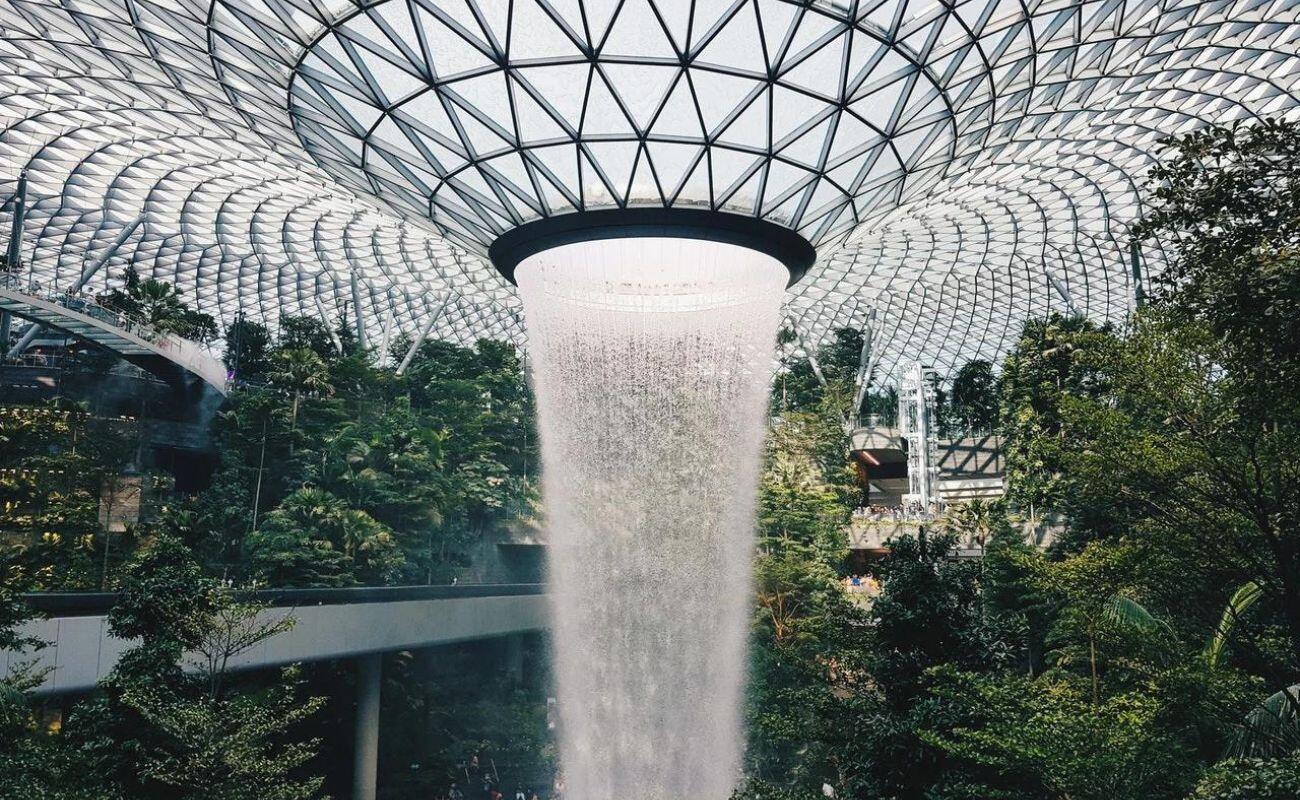

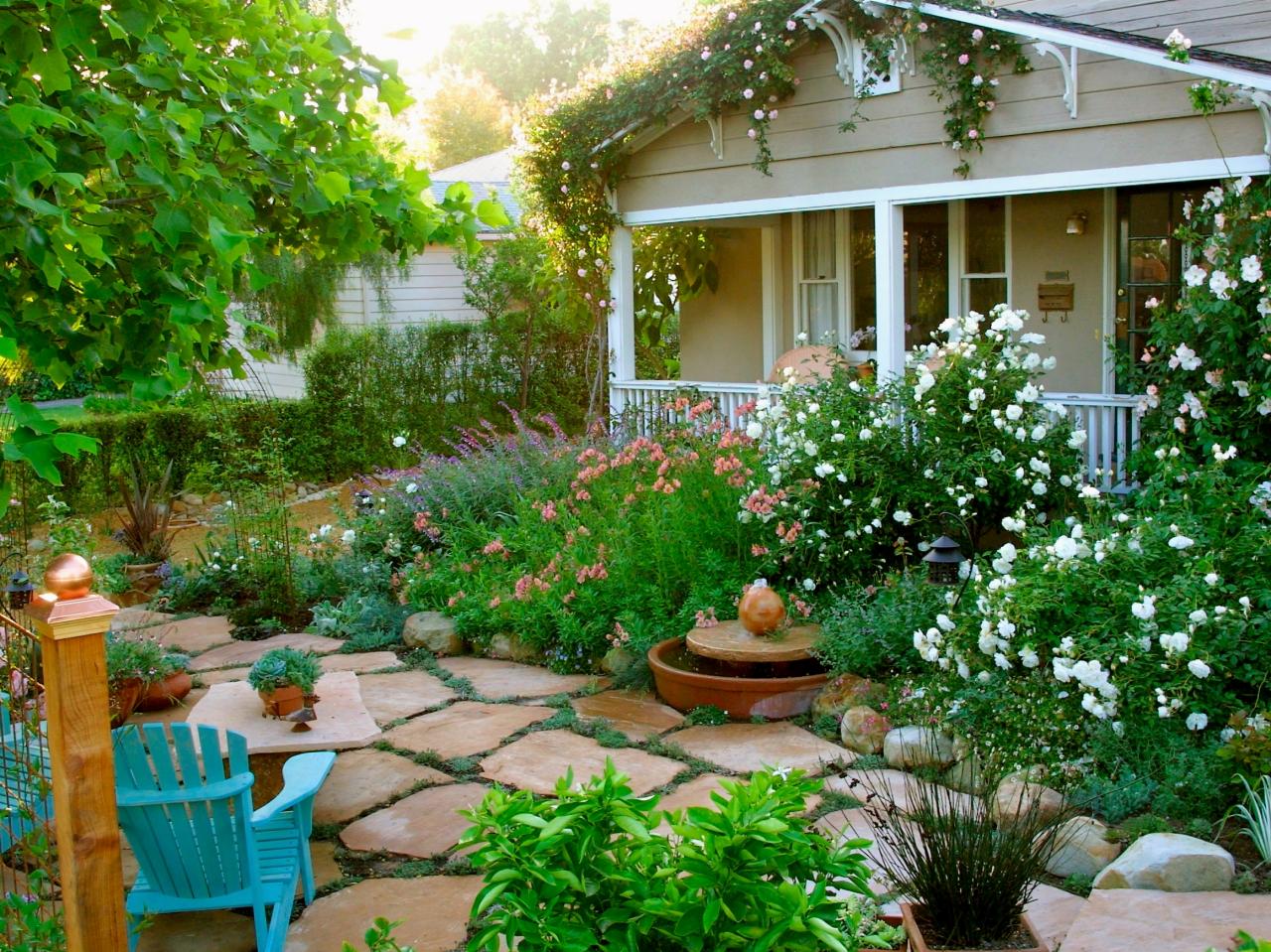

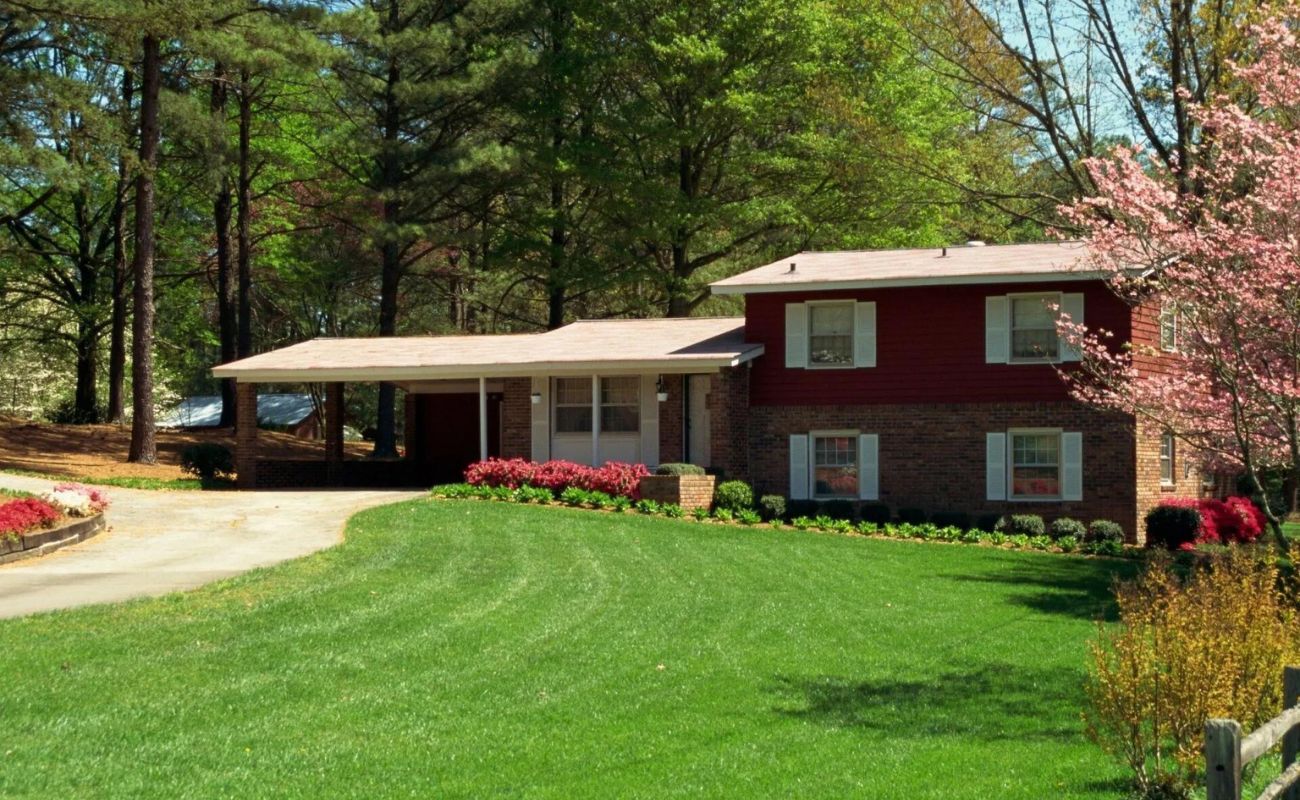
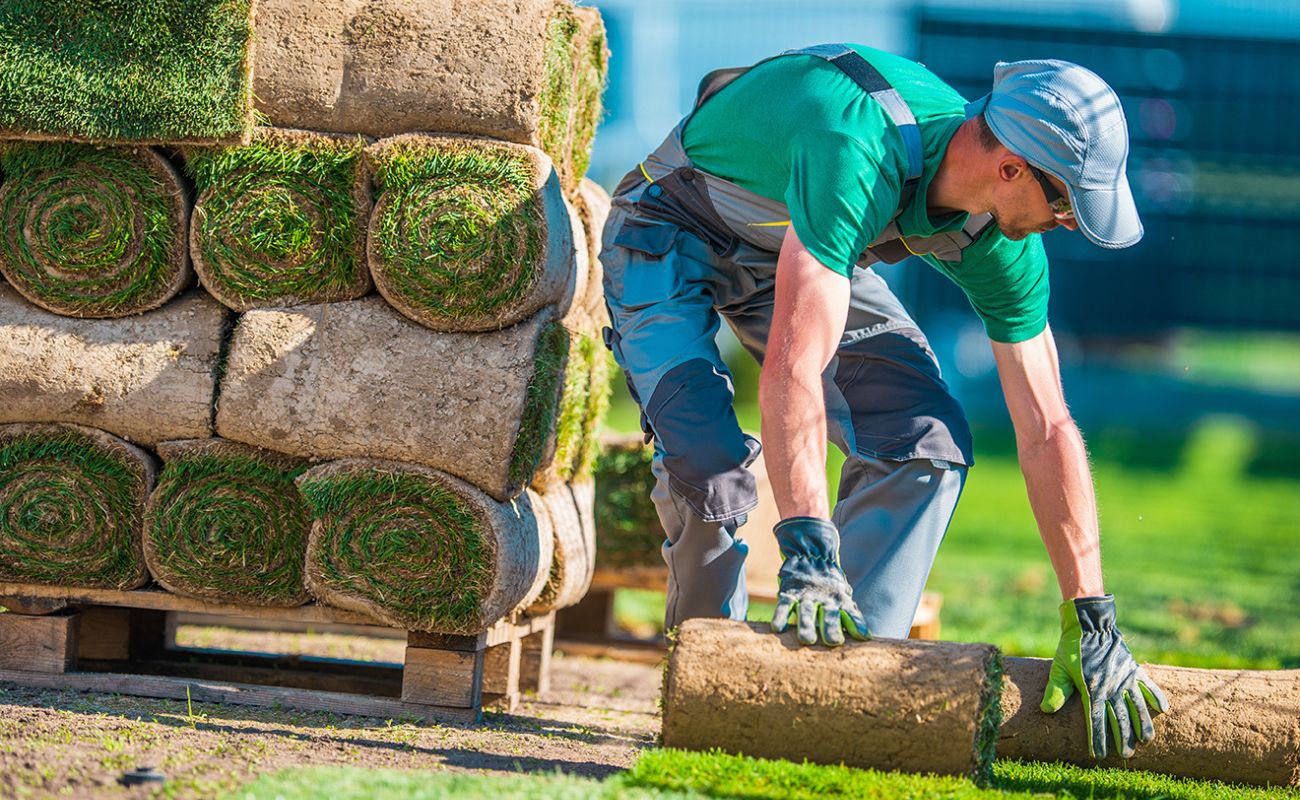

0 thoughts on “What Division Is Landscaping In Construction”